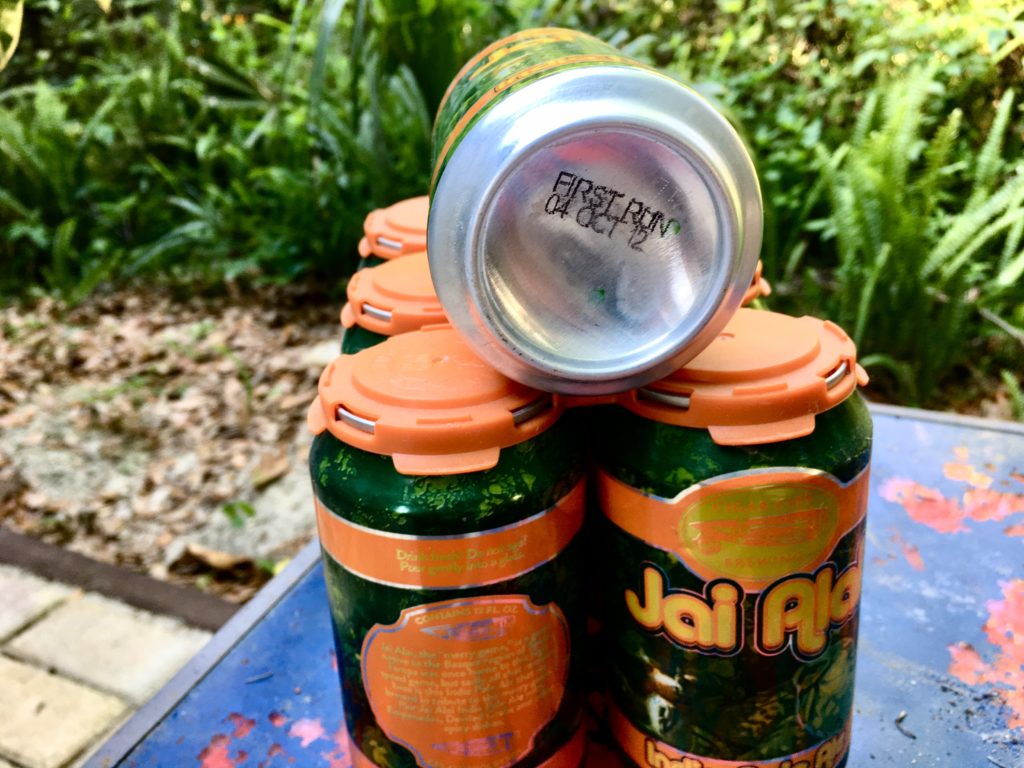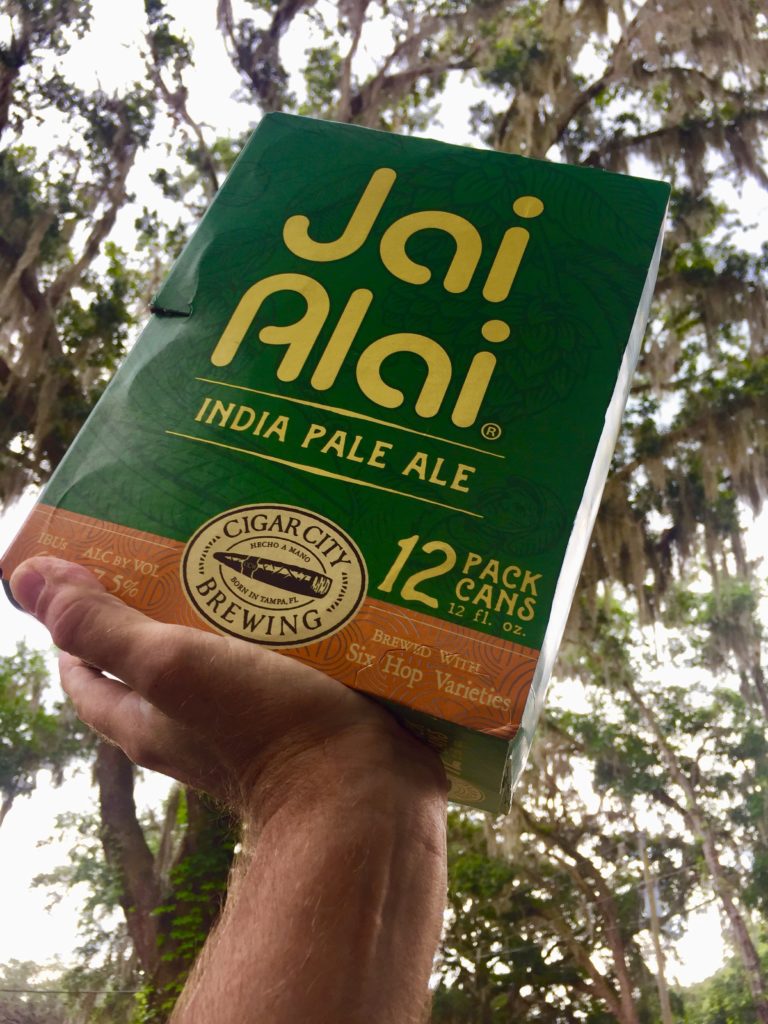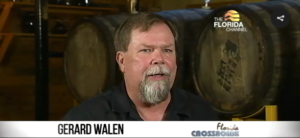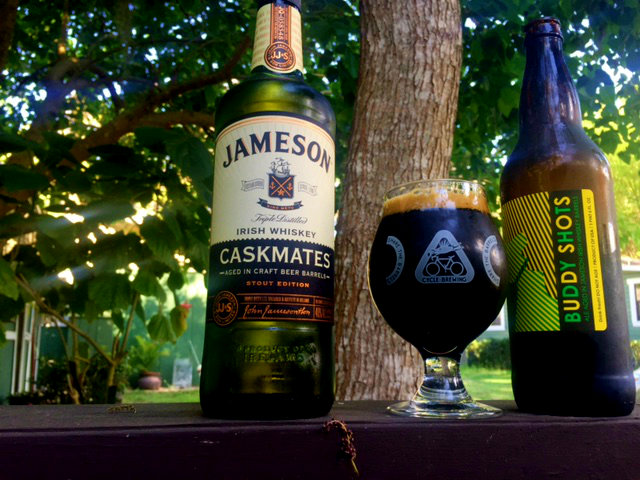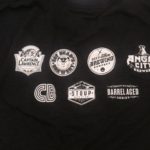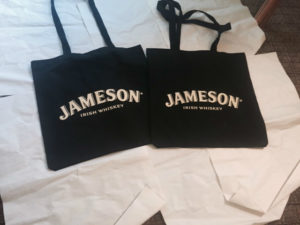(Note: A second edition of the “The Beer Bible” has been published since this was first written. You can find it by clicking here.)
A couple of years ago, a friend new to the passion and community of craft beer asked me to recommend a book that could tell her more about its history and culture and the product.
Though I eagerly devour well-written books on the subject, I did not know of one that would suit her needs. Instead, I researched a little and gave her a list of three that I thought, together, would do it.
I still stand by that list, but if asked the same question today, I’d recommend one book:
“The Beer Bible” by Jeff Alworth.
This expansive tome, published in August 2015 by Workman Publishing, also publishers of “The Wine Bible,” provides the most in-depth look into the past, present and future of the brewing world that I’ve read to date.
“The Beer Bible” is divided into six parts. Part One is titled “Knowing Beer,” and Part Six is “Enjoying Beer.”
In between, the sections focus on specific beer styles and sub-styles: Ales, Wheat Beers, Lagers and Tart and Wild Ales. Each of those sections is further subdivided into further divisions, varying in number. For example, Tart and Wild Ales has three sub-styles: The Lambic Family, The Tart Ales of Flanders and Wild Ales. The more general Ales section has 19 sub-styles, such as Bitters, India Pale Ales and Belgian Ales. In total, the book contains in-depth profiles of more than 100 styles.
Each of those chapters is structured similarly, beginning with a history of the style and the region in which it originated, how local geography and climate affected the beer’s development, stories and anecdotes, the flavor and ingredients – and how those ingredients affect the flavor – and example of beers, usually readily available, that the reader can try while studying the tasting notes.
But as with any book, the author’s writing style keeps the reader enthralled. After reading each nugget, I felt more like I just finished a conversation with Alworth over a pint in a pub than having studied a subject even as delightful as beer – and walked away a smarter beer drinker because of it.
READ THE BEER BIBLE AS YOU WISH
Don’t be put off by the weight of the 600-plus page book. It’s crafted to be read in easily digestible chunks, and that’s the ideal way to tackle it.
I approached it by reading the first and last sections – Knowing Beer, then Enjoying Beer.
The first reaches deep into the beverage’s history, and though Alworth likely did not travel 10,000 or so years back in time to when ancient peoples discovered fermentation of grains quite by accident, the reader feels like he might have. The narrative continues into present day and incorporates more new-to-me factoids than any such book I’ve read before.
This first section also outlines the mechanics of beer and brewing it. This part highlights the author’s knack of writing to all levels of beer consumer, from the freshly minted beer explorer to the well-seasoned traveler in the world of fermented beverages. Though I consider my own knowledge in that spectrum to fall somewhere in the middle – and likely lower than I’d care to admit – at no point did I feel like Alworth was writing down to me nor talking above my head. That takes some talent.
The final section, Enjoying Beer, is pretty much how it sounds, with the subject titles: Serving and Storing Beer, Pairing Beer with Food, At the Pub, and Beer Tourism. Each chapter delves deeply enough into the subject that the reader feels he has become smarter and has been entertained.
The book is peppered throughout with profiles of individual breweries that the author has visited, both in the United States and abroad.
The middle sections that delve into styles are best consumed, I find, in chunks, preferably with a version of that style of beer in hand.
NOT ENOUGH FLORIDA BREWERIES?
My only criticism of “The Beer Bible,” admittedly colored by my personal bias, is reflected on the map of U.S. breweries on pp 588-89, titled “American Breweries to See.” Alworth, who hails from Portland, Oregon, seems to heavily focus on breweries of the Northwest U.S. and Pacific Coast states, and to a lesser extent, those of the Midwest and Northeast. The Southern states are relatively barren, with only Cigar City Brewing, though certainly worthy of inclusion, being the sole representative of Florida’s craft brewing community. Not to mention that even over two years, traveling more than 17,000 miles and to six countries, the author could only take extensive tours of 52 breweries, though he visited many more.
This predisposition is common to those who reside in what is arguably the cradle of the modern American craft beer community, but I hope that Alworth learns of the great variety of high-quality brews produced here in the Sunshine State.
There’s a good chance of that happening very soon, as he has scheduled a pair of book signings in Florida this week.
You’ll be able to meet the author and have him sign copies of “The Beer Bible” Wednesday, Nov. 4, at Books & Books in Coral Gables starting at 8 p.m.; and Thursday, Nov. 5, at one of Florida’s newest breweries, Hidden Springs Ale Works in Tampa, starting at 7 p.m. (in conjunction with Inkwood Books in Tampa).
So if you go, offer to buy Alworth a local beer and hopefully broaden his already expansive knowledge.
EDIT: Received this update from the author: “If this book makes it to a second edition, I will be able to spend more of my time in the US and less overseas (presuming that most of the old European breweries I mentioned are still in business and making the same beers then). I promise to come back to Florida!”












